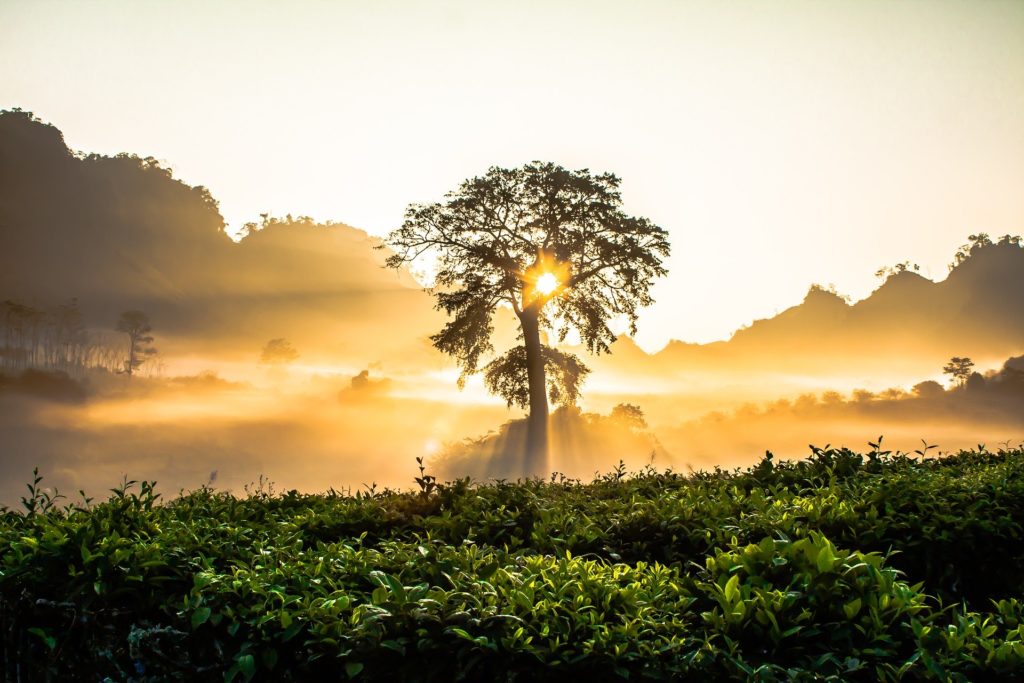Greater plant diversity benefits everyone in the ecosystem, a new study reports.

Higher levels of plant diversity allow ecosystems to utilize more energy and more efficiently, new research found. Ecosystems with 60 or more plant species contained twice the amount of living biomass, on average, than ecosystems built on plant monocultures.
This is the first study to look at energy flow throughout an entire ecosystem; previous efforts of this type only focused on a single feeding type (or ‘trophic level’), such as herbivore or carnivore.
Trickle-up energonomics
“We have analyzed an entire feeding network — in other words, multitrophic interactions — above- and belowground. This is indispensable for understanding the effects resulting from global species extinction,” explained Dr. Sebastian T. Meyer, a researcher at the Chair for Terrestrial Ecology at the Technical University of Munich (TUM) and lead author of the study.
Aboveground food chains are those that form, you’ll be surprised to hear, above the ground. One such food chain could, for example, start with grasses, extending to grasshoppers, and finally spiders. Belowground food chains are also very important for the health of an ecosystem and include such elements as bacteria, plant roots, and other burrowing species.
What the team analyzed were energy flows inside these food chains and the wider ecosystem. They looked at how much energy flows into the system (this is handled exclusively by plants), how much remains in the system, i.e. how much biomass is present, and how much energy is leaving the system. They used data gathered through the Jena Experiment a large-scale biodiversity mapping program first started in 2002.
The team established the trophic networks that form in each of the 80 plots of the Jena Experiment, the standing biomass at each level, and how energy flows through the networks. All in all, the ecosystems with the most plant biodiversity showed more efficient use of energy.
“The study shows that higher plant diversity leads to more energy stored, greater energy flow and higher energy-use efficiency in the entire trophic network, therefore across all trophic levels,” explained Dr. Oksana Buzhdygan from Freie Universitaet Berlin, co-lead author of the study.
“Seeing positive effects on one level does not imply that there cannot be simultaneous positive effects on other feeding levels,” said Dr. Meyer.
He notes that high plant biodiversity can keep ecosystems stable even when faced with high consumption lower down the food chain. Furthermore, the team explains that higher plant diversity makes ecosystems more resilient in the face of perturbations.
The findings showcase the benefits that may be obtained from increasing plant diversity in various ecosystems, from urban parks to croplands. Planting mixed crops, for example, can help maintain healthy ecosystems with virtually no effort on our part.
The paper “Biodiversity increases multitrophic energy use efficiency, flow and storage in grasslands” has been published in the journal Nature Ecology & Evolution.









